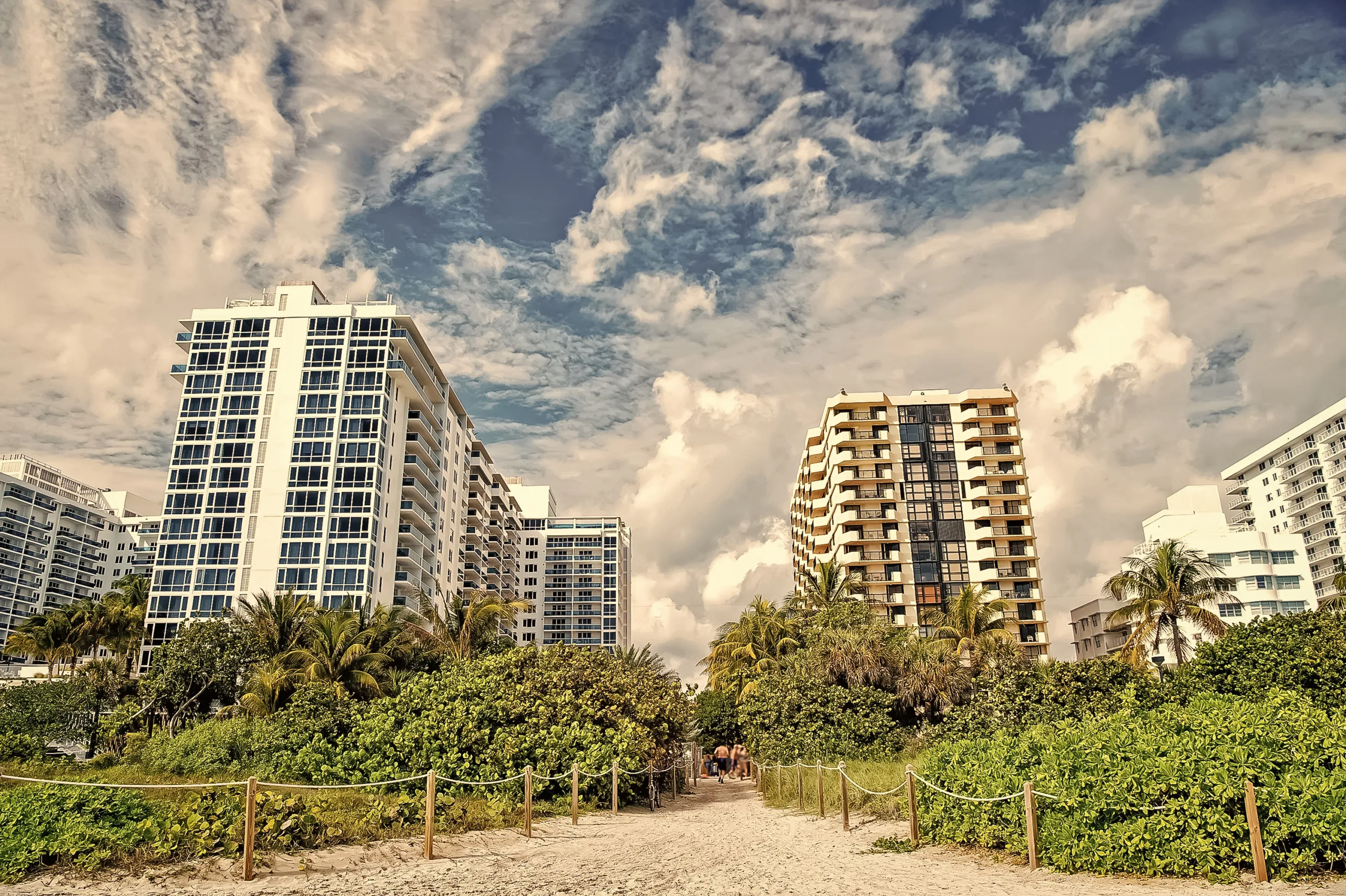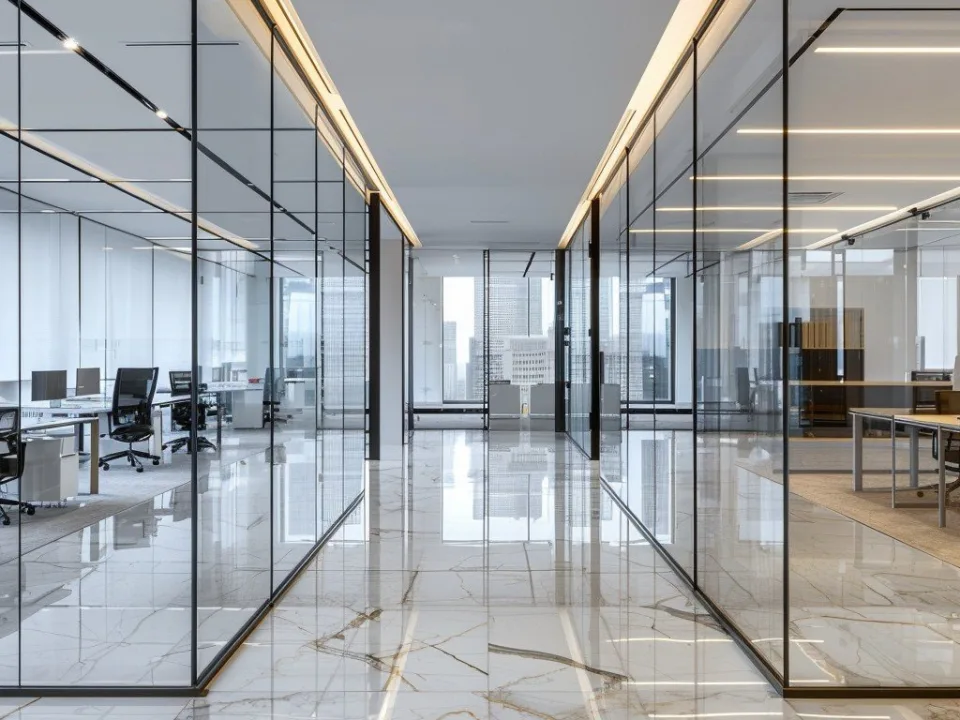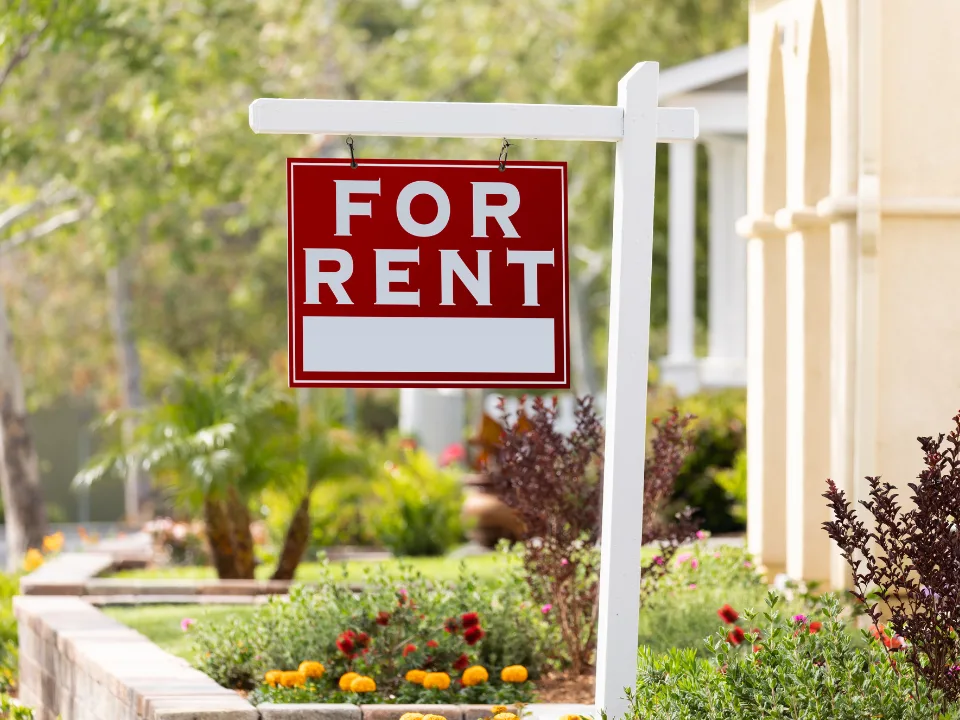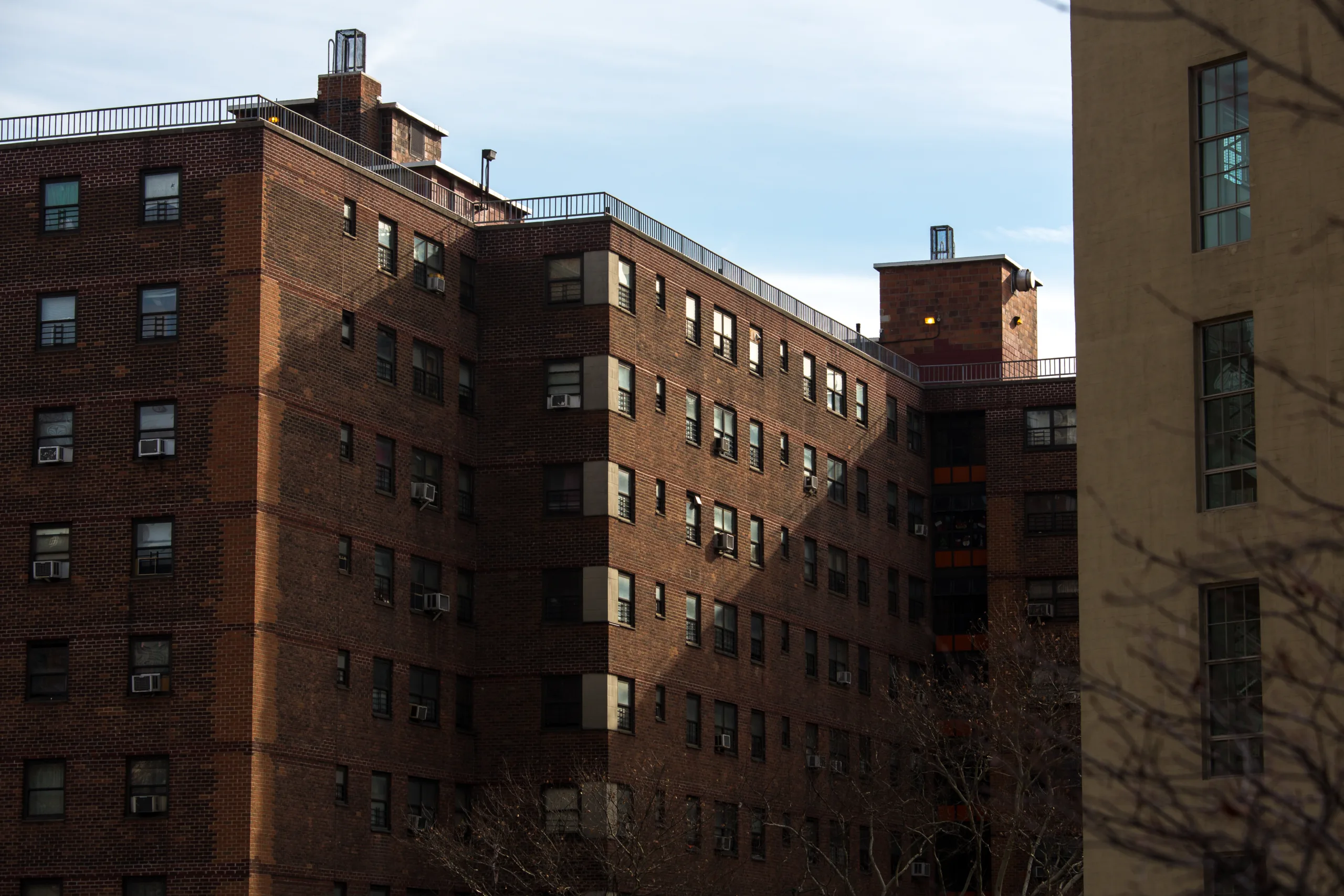- The retail-property sector’s post-pandemic recovery is faltering amid a wave of store-chain bankruptcies and growing economic caution.
- Retailers vacated nearly 6M more SF than they leased in Q1 2024 — the weakest performance since 2020.
- Tariff uncertainty and inflation are causing many tenants to pause on signing new leases, shifting leverage back to retailers in negotiations.
Retail’s Momentum Slips
As reported by the WSJ, the retail-property market’s recovery is showing clear signs of fatigue. After two years of net store openings, 2024 has reversed course. Retailers shuttered around 1,300 more stores than they opened, led by bankruptcies at major chains like Big Lots, Party City, and Joann — a clear sign of the ongoing retail slowdown.
Landlords like Sandy Sigal of NewMark Merrill Companies are feeling the pinch. When Big Lots exited his Whittier, California, shopping center, he knew it wouldn’t be easy to backfill the space. “People are saying, ‘I’m on pause,’” Sigal said, pointing to a sluggish leasing environment even at well-located properties.
Weakest Leasing Quarter Since 2020
According to Cushman & Wakefield, net absorption of retail space in Q1 2024 was negative by nearly 6MSF — the softest quarter since the pandemic’s onset. Inflation and tariff concerns have left retailers cautious, especially those reliant on Chinese imports.
Retail leasing broker Brandon L. Singer noted that some clients are hitting the brakes. “We’ve had people say, ‘We’ve got to wait and see what’s going to happen before I commit.’”
Discount Retailers Still Expanding
Despite the broader slowdown, some retailers are pushing forward. Burlington acquired 45 Joann leases in bankruptcy court last month, and Five Below, which opened a record 228 stores in 2023, is planning 150 more in 2025.
Even mall operators like CBL Properties, once battered by the pandemic, are showing resilience. “Today, we have that cushion to absorb whatever the economy throws at us,” said CEO Stephen Lebovitz, citing record leasing in 2023.
More Cautious Growth Ahead
While vacancy rates remain historically low and little new retail space is being built, the climate is becoming more tenant-friendly. Rising costs to reconfigure space and fewer viable replacement tenants are forcing landlords to make concessions.
If trade tensions escalate and tariffs increase, both retailers and consumers may face additional pressure — potentially deepening the current retail slowdown and further dampening demand for space as 2025 approaches.
Get Smarter about what matters in CRE
Stay ahead of trends in commercial real estate with CRE Daily – the free newsletter delivering everything you need to start your day in just 5-minutes


















